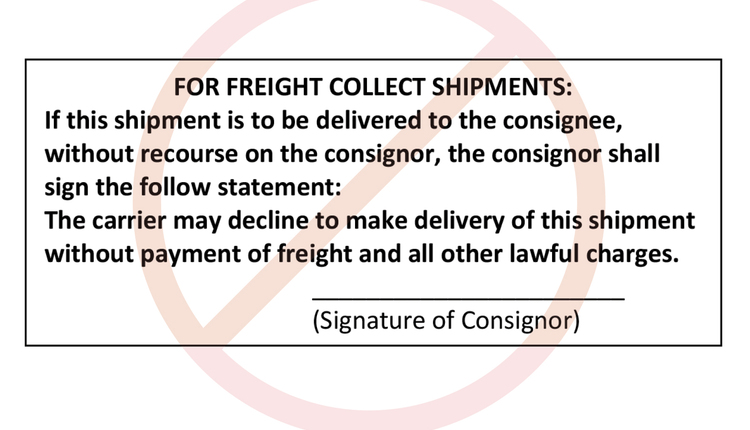When I succeeded my colleague, William J. Augello, as author of this column in 2007, I knew the column would be about transportation law. However, it was not until a few years ago that I realized exactly why it is so important for readers to know transportation law: so that they can identify (and minimize) financial risks in the supply chain. Thus, learning about transportation law is not merely an academic exercise — it has real world economic significance.
In this installment of PARCEL Counsel, I will summarize three areas of risk so that the reader may determine whether or not they are exposed to these risks. While it is beyond the scope of this column to describe how these risks can best be avoided or minimized, the first step is to identify them.
Vicarious Liability for Accidents on the Highway
Vicarious liability is the imposition of liability on one person for the actionable conduct of another based solely on the relationship between the two persons. In transportation, this arises when a shipper or broker who hires a carrier is sued along with the carrier when the carrier is alleged to have caused a highway accident.
The liability is vicarious because neither the shipper nor the broker were behind the wheel of the truck. Recent jury verdicts for vicarious liability have been as high as $23,000,000.00.
One theory is “negligent selection.” The reasoning behind this theory is that the shipper negligently chose a carrier who was not safe. This is a risk that cannot be totally avoided, but through the development of careful practices and appropriate liability insurance, it can certainly be minimized.
Another theory arises when the trucker is claimed to be the employee of the shipper, rather than an independent contractor. The critical factor is that if a shipper exercises too much control over the carrier, the independent contractor relationship is destroyed. This form of vicarious liability can be totally avoided through proper contracting and the conduct of day-to-day operations.
Having to Pay the Same Freight Bill Twice
This situation arises when a shipper uses a broker, duly pays the broker the broker’s invoice, and then the broker fails to pay the trucker who actually moved the load. I was involved in a case where a claim by a trucker against a shipper was in the amount of $1,200,000.00! This is a risk that can be minimized through the use of due diligence in the selection of a broker. It can be further reduced by contractual requirements with the broker with respect to the broker’s contracts with its carriers… and then spot auditing those contracts.
Late Payment Penalties
These penalties arise when a carrier asserts a penalty against a shipper for paying “late.” For most carriers, the allowed credit period is 30 days. Many carriers have tariff provisions that trigger a substantial financial penalty for paying “late,” i.e., 31 days or more. The penalty can include a retroactive loss of a pricing discount.
Carriers will generally not impose these penalties while there is an ongoing relationship between the shipper and the carrier. But if the carrier files for bankruptcy, the trustee will likely retain a collection firm to audit the bankrupt carrier’s receivables. Another scenario arises when a shipper stops using a carrier to whom it had previously tendered substantial business, which can lead to anger… and an audit.
In extreme situations, these penalties can be in the tens of thousands or even hundreds of thousands of dollars. The good news is that this risk can be avoided entirely through contracts and the negotiation of a commercially reasonable late fee, e.g., one percent per month.
All for now!
Brent Wm. Primus, J.D., is the CEO of Primus Law Office, P.A. and the Senior Editor of transportlawtexts, inc. Your questions are welcome at brent@primuslawoffice.com.















